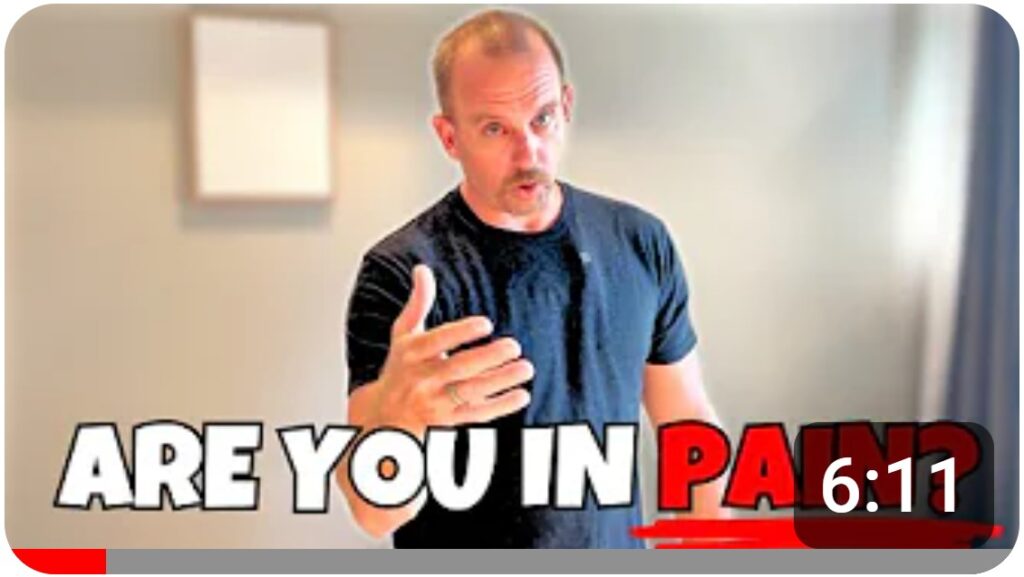THE BLOG
SportBodyWork
The two most common questions around back pain
Can you prevent back pain?
Yes, preventing back pain is entirely possible even if you’ve gotten a diagnosis of degenerative disc disease or other common “diagnosis” that are often accompanied by back pain. You can take control of your posture and your movement patterns, preventing and eliminating pain!
Learning to stand, sit, walk, and use a proper hip hinge can significantly impact the health of your spine and back. Did you know, people who carry objects on their heads avoid injuries by using the right muscles to keep their spines erect, showcasing our natural ability to maintain good posture (not Superman posture).
Research shows that prolonged poor posture can lead to discomfort, reduced mobility and pain. Over time, the body adapts to these poor positions, causing increased wear and tear on the spine, which then impacts the hips, neck and shoulders. Your entire body becomes compromised!
To prevent back pain, it’s essential to:
1. Develop key posture cues
2. Regularly practice proper movement techniques and
3. Support the natural design of the human body by educating yourself on the proper movements and what your body needs to stay strong and stable for as long as possible.
Should I restrict movement when I hurt my back?
The short answer is no. When you hurt your back, it’s important to manage your movements but not eliminate them.
While restricting movements that exacerbate pain, do not become completely sedentary, using “I hurt my back” or “I have a bad back” as a reason to sit on the couch and slouch which would increase stiffness, increase soreness, and compound the cause of the pain in the first place.
You want to engage in gentle, pain-free movements to maintain flexibility, always incorporating my decompression techniques for the most gentle stretch. Avoid things like chiropractic adjustments, intense yoga or Pilates.
Instead while the pain is acute, try heat therapy, like sitting in a hot tub, walking backwards, and vertical decompression techniques I recommend here. Doing these things can improve blood flow and aid healing.
Balance is key: avoid any painful movements, keep the movements small and pain free, use my passive decompression techniques for the most gentle help, stay active within your pain free zone, and of course get expert help as soon as possible.
Our email newsletter, video content and classes do not constitute as a substitute for medical advice in any way. Please consult your doctor before beginning any new programs.
CATEGORY
7/17/2024
